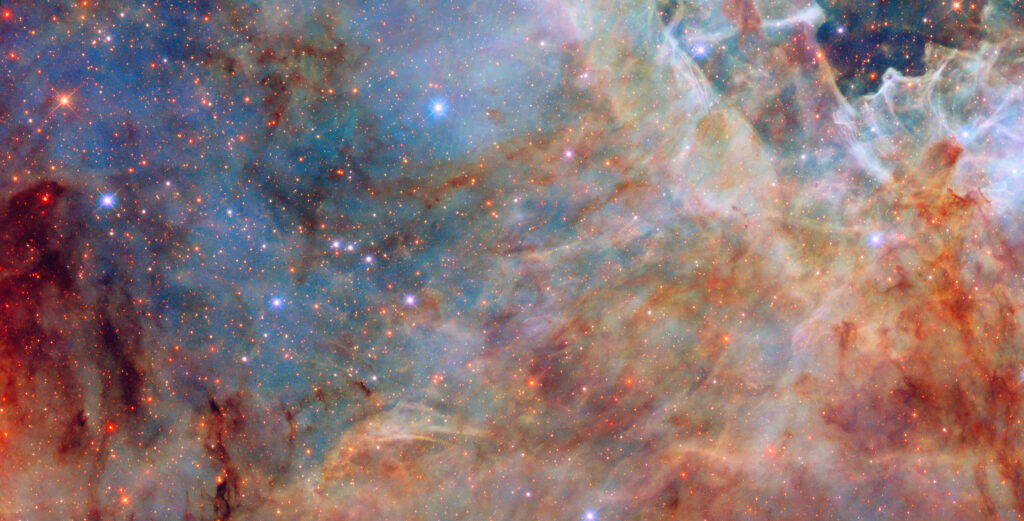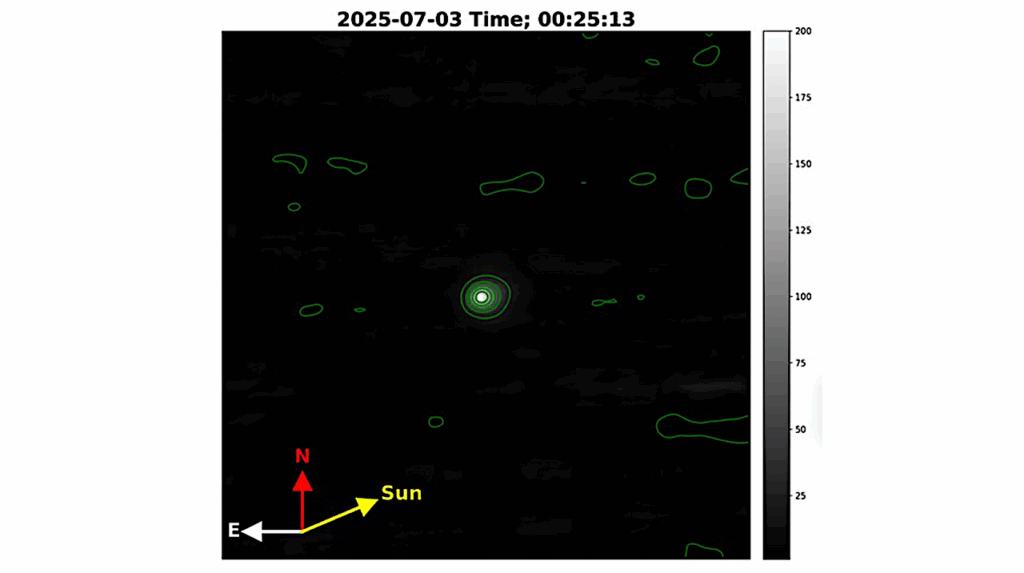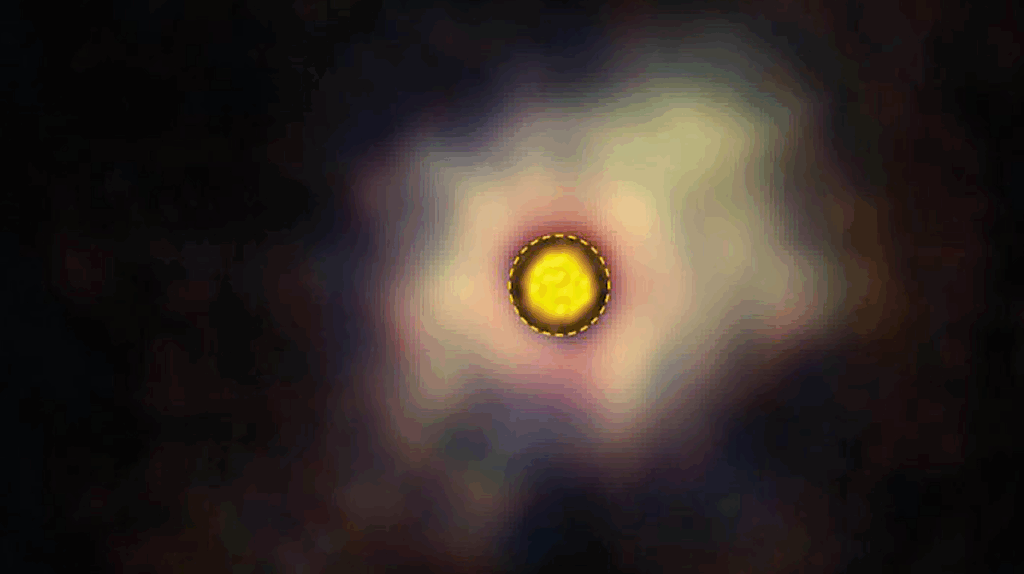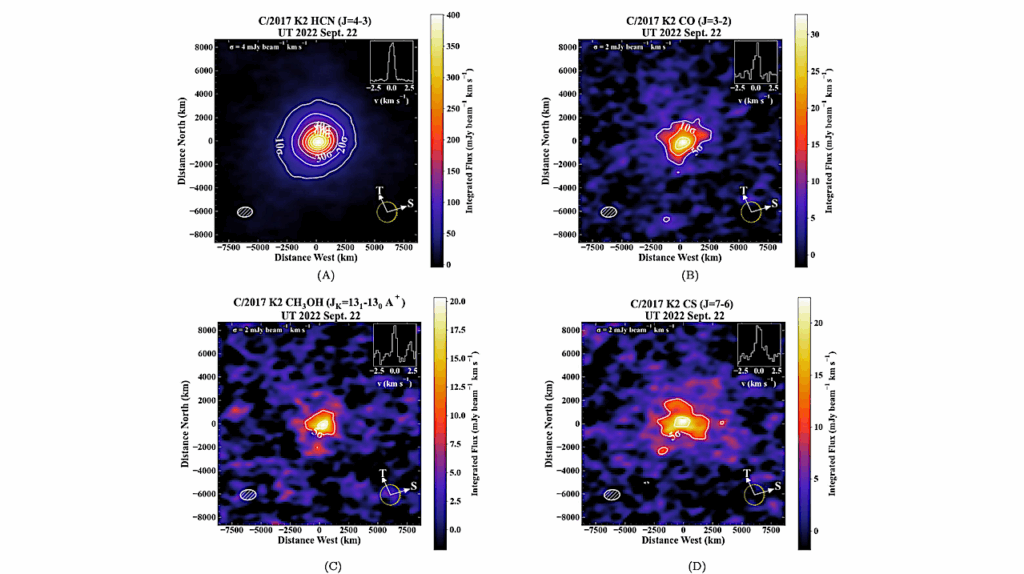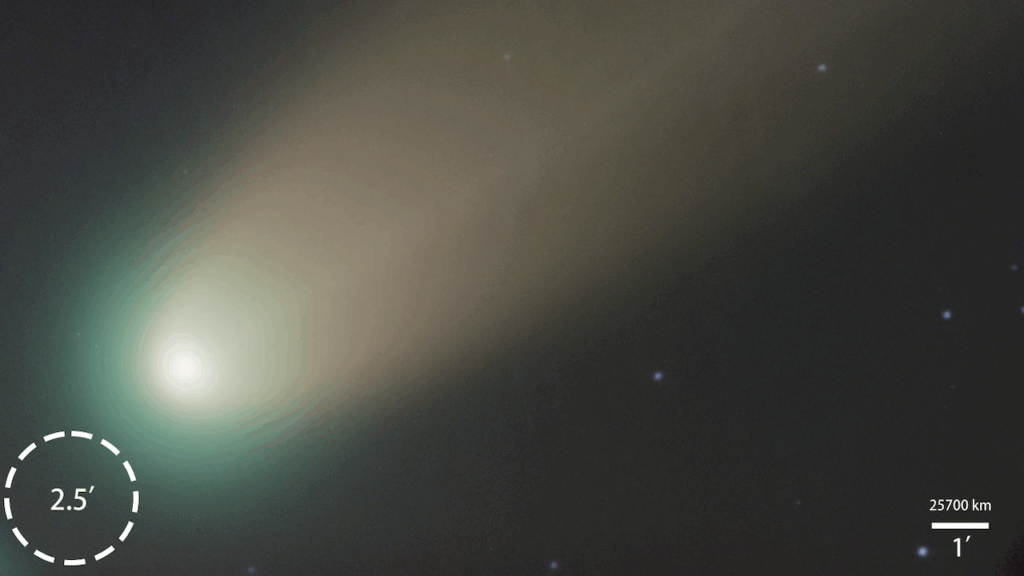Experimental Study Of The Binding Energy Of NH3 On Different Types Of Ice And Its Impact On The Snow Line Of NH3 And H2O

N-bearing molecules (like N2H+ or NH3) are excellent tracers of high-density, low-temperature regions like dense cloud cores and could shed light into snowlines in protoplanetary disks and the chemical evolution of comets.
However, uncertainties exist about the grain surface chemistry of these molecules- which could play an important role in their formation and evolution. This study explores experimentally the behaviour of NH3 on surfaces mimicking grains under interstellar conditions alongside other major interstellar ice components (ie. H2O, CO, CO2).
We performed co-deposition experiments using the Ultra High Vacuum (UHV) setup VENUS (VErs des NoUvelles Syntheses) of NH3 along with other adsorbates (here, H2O, 13CO and CO2) and performed Temperature Programmed Desorption (TPD) and Temperature Programmed-During Exposure Desorption (TP-DED) experiments. We obtained binding Energy (BE) distribution of NH3 on Crystalline Ice(CI) and compact-Amorphous Solid Water (c-ASW) by analyses of the TPD profiles of NH3 on the substrates.
We observe a significant delay in the desorption and a decrease in the desorption rate of NH3 when H2O is introduced into the co-deposited mixture of NH3-13Co or NH3-CO2, absent without H2O. Secondly, H2O traps nearly 5-9 per cent of the co-deposited NH3, released during water’s amorphous-to-crystalline phase change.
Thirdly, for CI, we obtained a BE distribution between 3780K-4080K, and c-ASW between 3780K-5280K – using a pre-exponential factor A = 1.94e15 s-1. We conclude that NH3 behaviour is significantly influenced by the presence of H2O due to the formation of hydrogen bonds, in line with quantum calculations. This interaction preserves NH3 on grain surfaces to higher temperatures making it available to the central protostar in protoplanetary disks. It also explains why NH3 freeze out in pre-stellar cores is efficient.
S. Kakkenpara Suresh, F. Dulieu, J. Vitorino, P. Caselli
Subjects: Astrophysics of Galaxies (astro-ph.GA); Solar and Stellar Astrophysics (astro-ph.SR)
Cite as: arXiv:2311.18619 [astro-ph.GA] (or arXiv:2311.18619v1 [astro-ph.GA] for this version)
Submission history
From: Shreya Kakkenpara Suresh
[v1] Thu, 30 Nov 2023 15:20:39 UTC (3,856 KB)
https://arxiv.org/abs/2311.18619
astrobiology,



